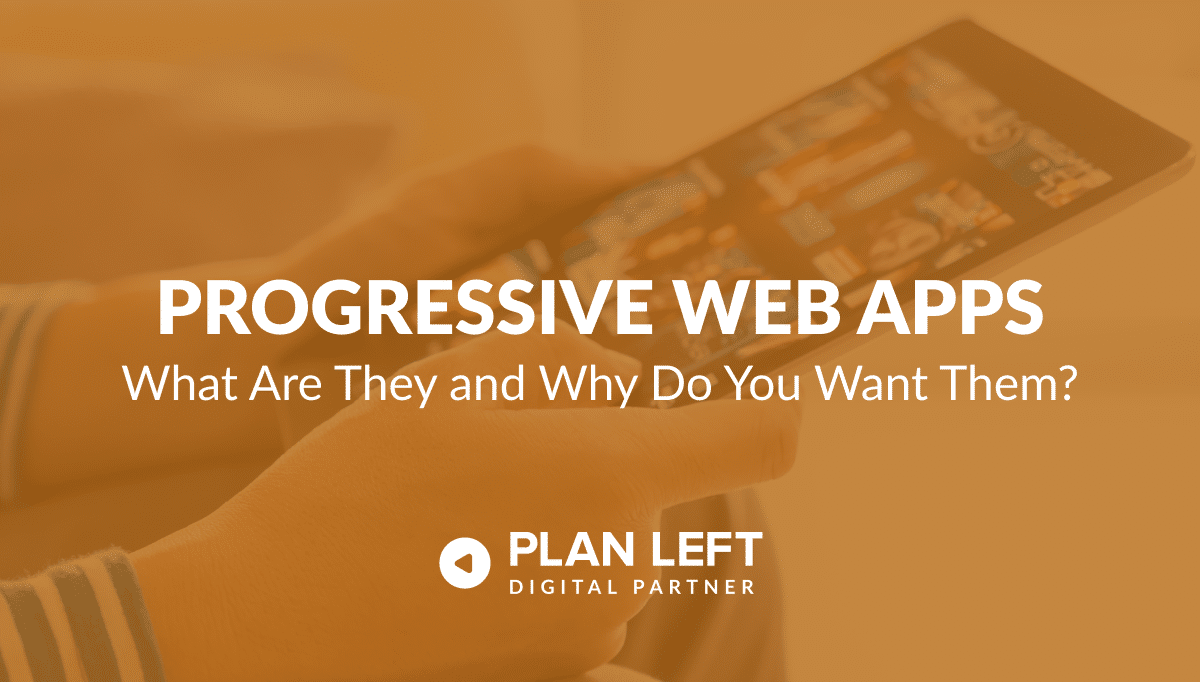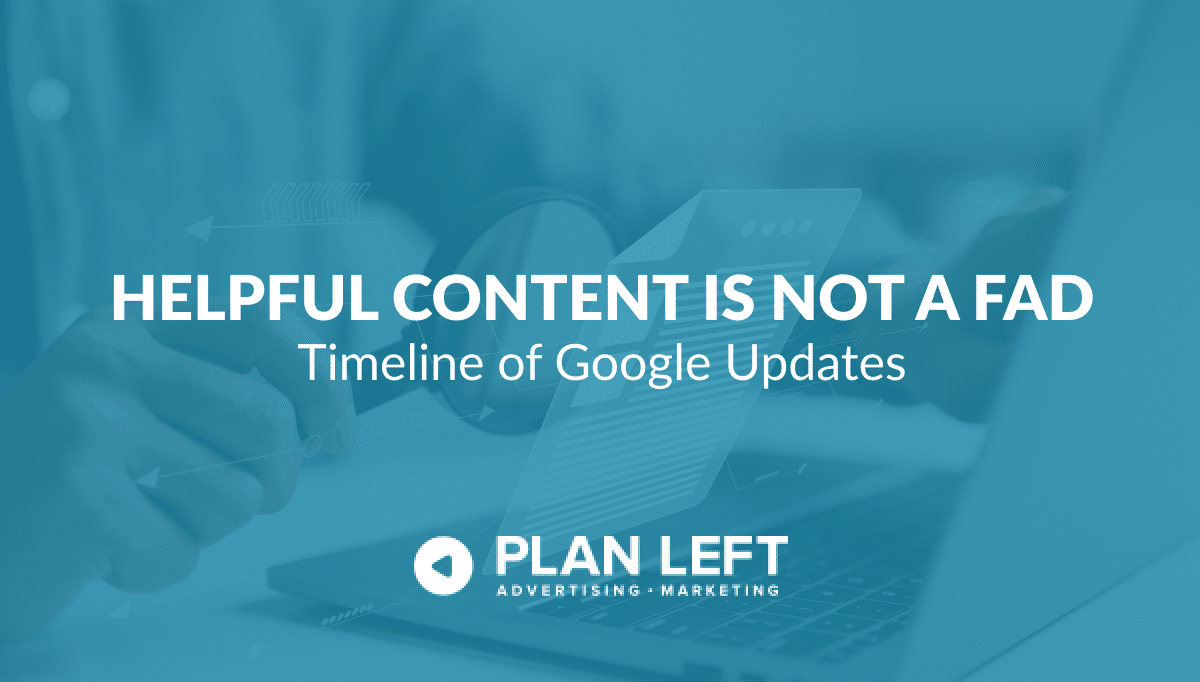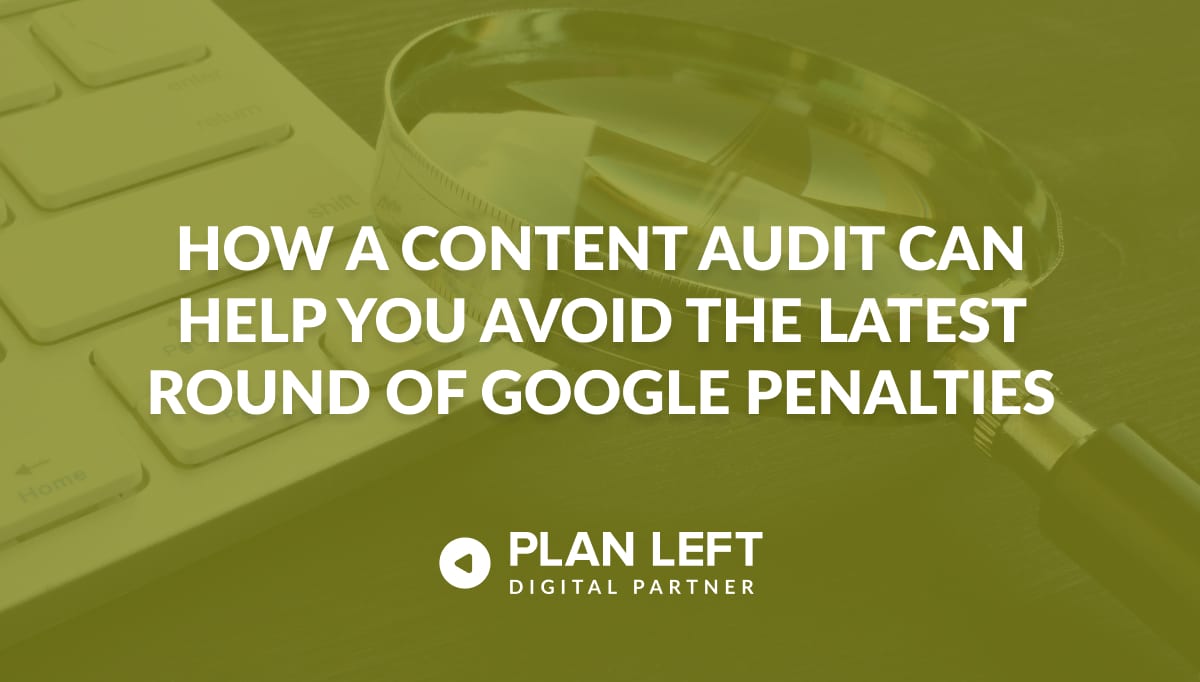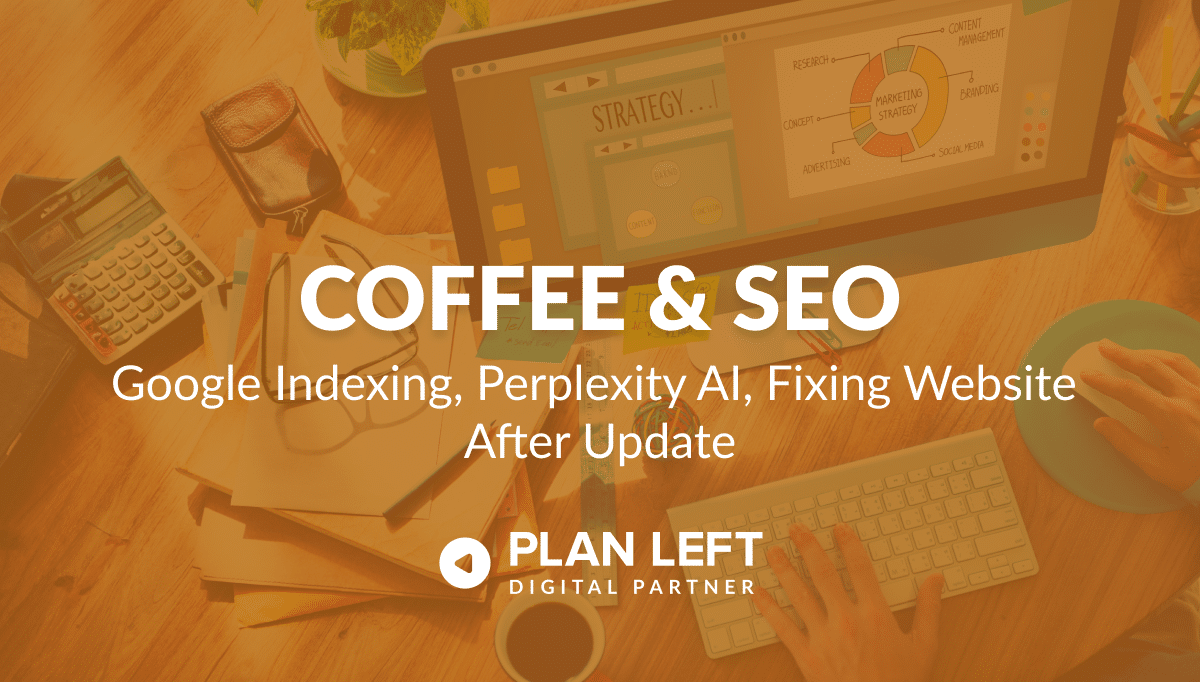
Until recently, managing an app and a website had to be done separately. Each used separate back ends and the front ends had to be designed individually. Maintaining the information for each required separate updates, which can get tricky if large inventories for ecommerce companies are involved.
The frustrations that followed launching an ecommerce site and an app are no longer an issue. A progressive web application can take the best of both worlds and combine them into one entity—a website that acts and feels like an app when accessed on a mobile device.
How It Works
A progressive web app, or PWA, takes advantage of the technology for both websites and mobile apps. With the larger web ecosystem, such as plugins and responsive design abilities, creating these progressive web apps is now easier than creating a native app. A website can be built in less time than a native app, plus it doesn’t need to be maintained with backwards compatibility.
Essentially, with additional code, the website becomes the app. That’s why it’s so much easier to deploy, maintain, and keep synchronized with the website version. It simply is the website.
Why You Want It
If you want to be sure people use your app while on their phones, then a PWA is the way to go. Otherwise, you run the chance of losing up to 20% of your users as they navigate downloading a native app and registering yet again to shop with you.
The progressive web app, however, retains their information after they register for your website, so they don’t need to register again. No downloading, no time wasted. Their experience will be the same between the PWA and the desktop version of your site.
The PWA can also take advantage of some of the better aspects of a native app, such as push notifications. It’s been shown that push notifications can help you better retain your customers, so it’s definitely a feature you should consider using.
Finally, a PWA uses less data, so it’s much faster than a mobile website. When 25% of users leave a website that takes more than four seconds to load, and each one-second delay can decrease customer satisfaction by 16%, speed is key.
Additional Big Benefits
A progressive web app is sometimes the first step toward headless commerce. This means that the back end of your website and the front end are decoupled, making everything faster and more efficient. To that end, many additional benefits to having a PWA include:
- Quick Updates: No need to update an app and your website. When you publish new content, the PWA can display that content immediately.
- Easy Install: As with apps, the PWA can also be installed on devices, making it easier to find than using a mobile browser.
- Available Offline: A progressive web app can be used with low and even no connectivity. The data will be remembered when the device is back online.
- Responsive Design: Not only will the design of your PWA work with any current mobile device, but it will also fit any future devices, too.
- Searchable: Because it’s a website, your PWA will also be searchable on Google and other search engines. Good SEO can significantly help boost your app in search results.
- Progressive: Your web app will work on any device—and even better, it will take advantage of any features available on that device and the browser being used.
The possibilities are endless with a progressive web app simply because the app never stops growing with you. With the help of a web developer who also has app development experience, you could provide your ecommerce buyers with a truly unique online shopping experience.
Explore Latest Posts
In 2011, Google first changed how content was written with the Panda Update by changing how keywords could be used ... read more
April 17, 2024
The latest Google algorithm changes have shaken the search marketing world. While the Google Spam update has finished, the Google ... read more
April 16, 2024
The latest Google Spam update ended 15 days after being rolled out, but the Google Core update is still in ... read more
April 12, 2024
MARKETING insights
Join the Thousands Who Receive Our Twice-Monthly Newsletter.
It's hard to keep up. Our newsletter is packed with buyer behavior insights, the latest marketing and technology updates, work/life balance tips, and—because we ❤️ our support staff—adorable pets looking for forever homes. Only twice per month. No clogged inboxes. You can't say no.




